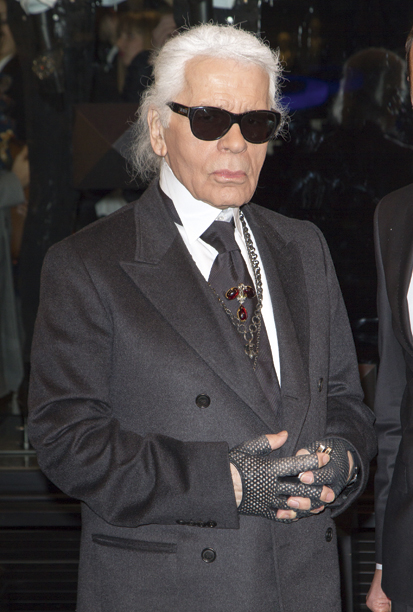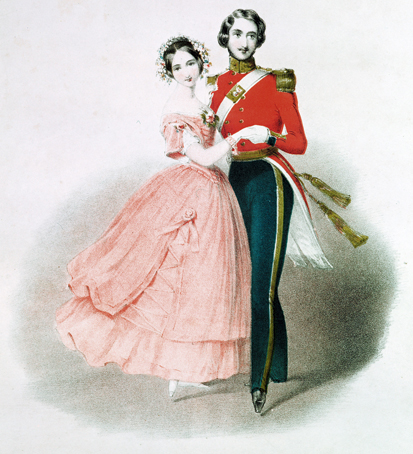There is a hoary Cold War joke about a newly invented translating machine. On a test run, the CIA scientists feed in ‘The spirit is willing, but the flesh is weak’, press the button to translate it into Russian, and then re-translate it into English. It emerges as ‘The vodka is passable, but the meat is putrid.’
Our modern translating machine is Google Translate. It takes more than one transmutation to scramble the Biblical quotation: however, if you shift it through Russian, Azerbaijani, Chinese, Hungarian, Tamil and Haitian Creole into French, you can get ‘J’aime la chair, elle était faible.’ Since the original is usually quoted by dieters reaching for a fourth cream bun, this, paradoxically, might in practice be accurate enough.
Adam Thirlwell would probably think so. His latest book is based on a wonderfully ingenious but intrinsically frustrating idea. He has enticed 48 internationally renowned writers into a multi-lingual game of Chinese Whispers. Twelve short stories or pieces are translated into more than 60 ‘multiples’, transmuting from or into English, Danish, Dutch, French, Swedish, German, Hungarian, Icelandic, Japanese, Spanish, Urdu, Hebrew, Italian, Arabic, Portuguese, Serbo-Croat and Chinese.
There will be few, if any, reviewers who can read all these languages. Thirlwell’s format, however, switches every other translation into English, so that 60 per cent of the final text will be comprehensible even to the most monoglot Brit.
Still, much of the point is lost if one cannot see how or why the distortions take place between these English versions. And if you were hoping, as I was, to glimpse the rough seams of what is truly difficult to translate between cultures, Thirlwell’s brief to his distinguished writers exacerbates the frustrations of one’s ignorance.
He describes his enterprise as an ‘experiment’; but it is one in which none of the factors are fixed (he does not even provide the reader with the 12 original pieces).The participants are all writers, not translators, and their linguistic skills vary wildly.
Colm Tóibín is confident enough in Spanish to worry about ‘an element in Vila-Matas’s work that already reads as though it is translated from a dead language’. But Sheila Heti cheerfully admits that ‘I barely know French’, and functions on a level that translates ‘pour moi, du moins’ as ‘for me, and about me’ (though this might be deliberate: she turns ‘ainsi’ into a character called Nancy, apparently with humorous intent).
Thirlwell has evidently urged his writers towards re-inventions rather than strict translations. Peter Esterhazy understood that ‘I was supposed to “come on strongly” ’ and introduce ‘a “personal presence” ’. Many take this as permission, like Joe Dunthorne, to ‘give up on faithfulness altogether’. Sometimes, but by no means always, this is as much fun for the reader as the writer.
Often, it merely enrages my inner school-marm. I then veer towards A.S. Byatt’s notion that translators should suppress selfhood, because, she feels instinctively, ‘a piece of writing belongs in some sense to the person who wrote it’. Translators should not try, she believes, to improve on a sentence, or introduce showy language: a translation should ‘almost certainly’ be ‘blander than the original’.(Fortunately, Byatt is constitutionally incapable of blandness.)
Of course, ‘the letter killeth, but the spirit giveth life’ (must put that through Google sometime); and a freer translation may catch the flavour of the original. Still, rather as Picasso knew how to draw realistically, the best ‘free’ translators have certainly mastered the literal meaning of their texts.
Many of Thirlwell’s multiples are genuinely intriguing. Kafka’s ‘Das Tier in der Synagogue’ is particularly open to metamorphoses, partly because the original, slippery ‘parable’ — in which a strange bluish weasel-like creature, both frightening and frightened, inhabits the fabric of a synagogue — defies translation into straight allegory. (But was it the first translator, John Wray, who opted to drop the last unfinished lines of the original?) And the inventive last link in the chain, Dave Eggers, who transposes the creature to the confessional of a church, has surely read an earlier version of the parable than the secularised Spanish version he was sent.…
Occasionally, the translator transfers the setting of a story. A tale by Guiseppe Pontiggia, about a man who rebels against his cultured father by rejecting all art, love, ambition, and idealism, claiming that he is limiting his ‘illusions’, is transposed into China by Ma Jian. As she remarks in her notes, the moral and emotional flavour of the story is changed: ‘In Italy, the limits of the protagonist’s ambitions are self-inflicted; in China, added constraints are imposed by the state.’
Thirlwell’s own translation of Carlo Emilio Gadda — a one-off coda — is a tour-de-force of linguistic exuberance. Yet, however well it pays off here, Thirlwell’s worship of ‘the pure and noble concept of style’ skews the book. ‘Meaning’ is demoted to a poor relation.
The experiment would have been very different — and potentially more interesting — if all the excellent writers chosen had been competent in the languages they translated. Taking the previous version seriously might, paradoxically, have illuminated both the style and individuality of the translators, for it would have revealed what is ineradicably personal, or culturally intrinsic. Neither creation nor translation is all about style, or all about self.
Got something to add? Join the discussion and comment below.
Get 10 issues for just $10
Subscribe to The Spectator Australia today for the next 10 magazine issues, plus full online access, for just $10.
You might disagree with half of it, but you’ll enjoy reading all of it. Try your first month for free, then just $2 a week for the remainder of your first year.











Comments
Don't miss out
Join the conversation with other Spectator Australia readers. Subscribe to leave a comment.
SUBSCRIBEAlready a subscriber? Log in